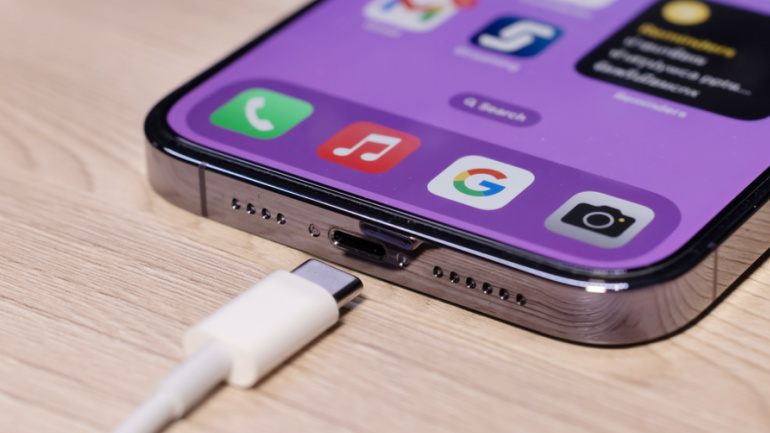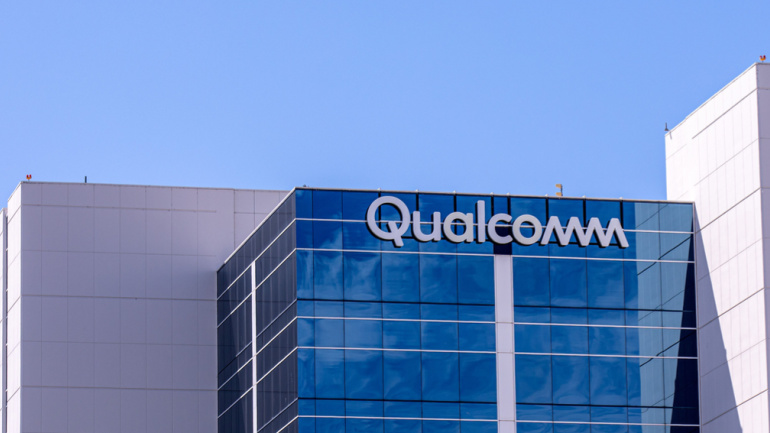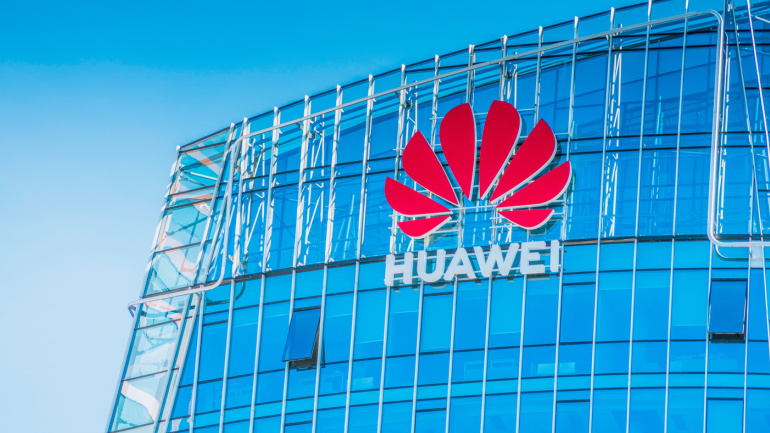Apple’s recent unveiling of four new iPhone models, with prices starting from £799, highlights the company’s steady stream of innovation. This release has also stirred debate among smartphone enthusiasts questioning the extent of the innovations, especially considering the premium pricing. Despite predicted criticism, Apple maintains its market dominance by committing to incremental upgrades, asserting a commitment to environmental responsibility, and boasting durable, low-bug products.
Apple’s pursuit of self-reliance in 5G technology is put to the test as it continues its reliance on Qualcomm’s Snapdragon 5G Modem‑RF Systems till 2026. Despite acquiring Intel’s modem segment after a failed business collaboration, Apple’s efforts to create an in-house 5G modem cast doubt on its separation from Qualcomm. The competition intensifies with Huawei’s claim of a successful 5G modem design, amidst the encroaching discussions on 6G technology.
Qualcomm and Samsung recently announced a pioneering success in telecommunications; achieving dual uplink and quadruple downlink carrier aggregation for 5G FDD spectrum. This innovation, tested using Qualcomm’s Snapdragon X75 5G Modem-RF System with Samsung’s 5G radios, could provide operators increased flexibility. This trial demonstrates the potency of Advanced 5G modems in enhancing 5G connections, hinting exciting future developments in 5G. Commercial implementations of these findings are expected by late 2023.
In a monumental collaboration, Qualcomm and AWS aim to connect vehicles with the cloud, reshaping the future of automotive industry. Through this partnership, they offer auto companies the ability to fine-tune advanced vehicle software through cloud before installation. An integral part of this innovation is the Snapdragon Digital Chassis portfolio, which includes enhanced safety and infotainment systems.
In a collaboration with Bloomberg, Canadian company TechInsights racks the Huawei Mate 60 Pro under scrutiny, examining whether the covertly launched flagship phone can surpass the considerable limitations imposed on it by the US government.
Nokia, TPG and Mediatek are collaborating to showcase the power of carrier aggregation technology in live-streaming 360-degree broadcasts, a key element for future metaverse applications. The demonstration at Nokia’s 5G Futures Lab used multiple sub-6 GHz frequency bands to maximize 5G uplink speeds, enabling real-time transmission of high-quality video. The technology could revolutionize the viewing experience for TV, movies, sports and industrial metaverse scenarios such as remote-controlled robots performing hazardous tasks.
As Three UK reports a 4% revenue boost, courtesy of an expanded active customer base, its operations cost, inflated by 19%, outpaces earnings, hinting at potential sustainability issues. In a different landscape, Telecom Italia shows a 5.5% Q2 profit increase, largely on Brazil’s performance, though competitive pricing in Italy has forced a hefty debt, leading TIM to consider selling its landline grid. At the same time, BT Group sees an uptick in revenue by 4%, attributed to raised prices and improved customer satisfaction. Contrarily, US-based Qualcomm, hit by reduced consumer spending, anticipates a similar upcoming quarter, resulting in a sharp fall in share price. Meanwhile, Bharti Airtel highlights a 14.1% YoY revenue increase, fueled by its growing 4G and postpaid customer base.
Despite the seemingly lagging global investment in standalone 5G networks, promising trends in the telecom sector indicate an upcoming surge. With minimal progress indicated by Global Mobile Suppliers Association’s statistics, the industry pins hopes on major moves from operators like New Zealand’s Spark and Vodafone. Meanwhile, the increasing adoption of 5G SA in private networks for various sectors shows an encouraging forecast. The journey towards profitable 5G investments seems complex, yet strides are being made in the right direction.
In a remarkable stride, Bharti Airtel has connected over 20 million IoT devices via its B2B branch, Airtel Business, amid India’s 5G evolution. This permits a vast assortment of IoT features offered through multiple connectivity mediums. Major deals have propelled Airtel to surpass a key milestone. Moreover, the Airtel IoT platform facilitates enterprises to manage their IoT connections via the Airtel IoT Hub.
Taking dynamic major strides in the quantum computing sector, T-Systems, Deutsche Telekom’s IT wing, is partnering with IQM Quantum Computers, offering its customers unique access to the complexities and potential of IQM’s quantum infrastructure. Leveraging the power of quantum mechanics and harnessing the elusive ‘qubits’, this promising collaboration forms a critical intersection of cloud technology and quantum computation, manoeuvring towards transformative problem-solving capabilities.













